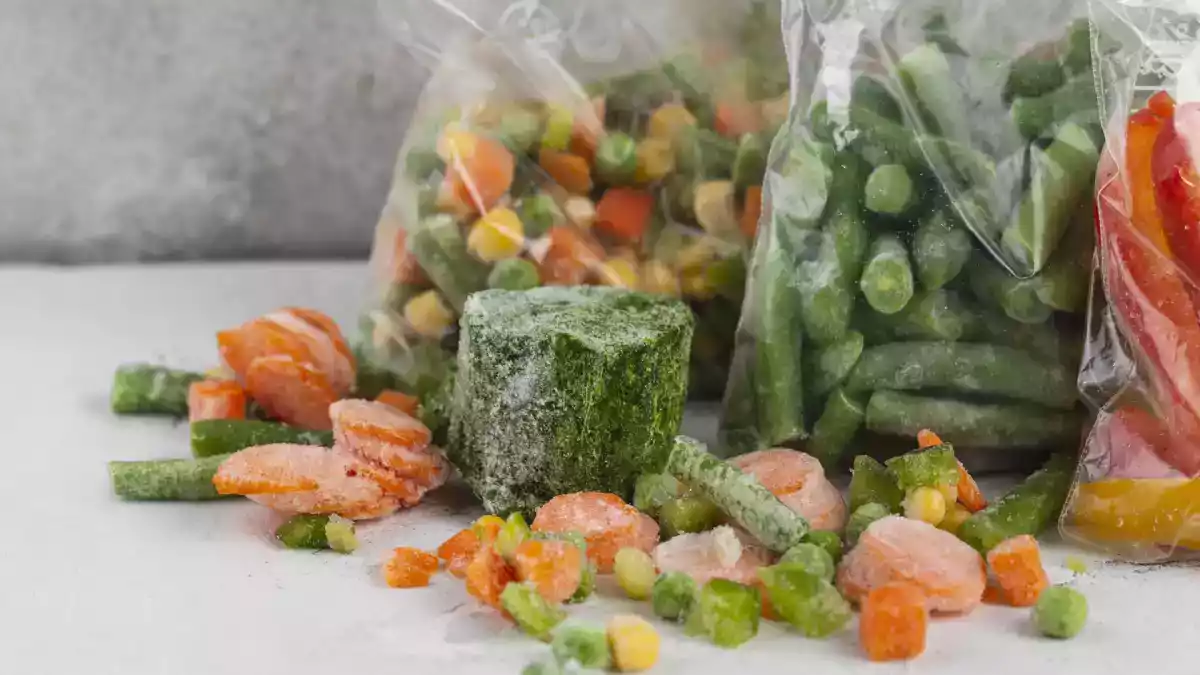Is it safe to refreeze a thawed food?

You've taken a package of chicken breasts out of the freezer. You let it thaw in the fridge to prepare dinner. But in the end, you don't cook the whole amount. You stare at those leftover pieces and wonder: Can I refreeze them or am I about to make a costly mistake? It's not an uncommon dilemma. In home kitchens, the freezer is a common resource for organizing meals, taking advantage of bargains or avoiding waste. But when freezing, thawing and refreezing come into play, things get a little complicated.
You don't have to be a food expert to understand the basics, but it does pay to know what's really going on. Because within each frozen food, processes take place that can alter its quality and even pose a risk if not handled correctly.
What really happens when you freeze and thaw food
When food is frozen, the water it contains forms ice crystals. If the process is slow (as is often the case in domestic freezers), these crystals grow quite large and break down the internal structures of the tissues.
When thawed, the crystals melt and the cellular juices escape. Result: the texture changes, sometimes becoming drier, mealy or unstructured. This affects meats, fish and some vegetables in particular.
But here comes the important nuance: this affects quality more than safety. Although taste and texture may suffer, freezing itself does not destroy nutrients in large quantities. The greatest losses occur if the food goes through this freeze-thaw cycle several times.
The real problem, however, lies elsewhere...
Freezing does not eliminate microorganisms
When you freeze, bacteria do not die. They just go on pause. They're still there, dormant, waiting for the right temperature to come back to activate. And that happens when you thaw.
If thawing is done incorrectly (e.g. at room temperature) the food quickly moves into the so-called danger zone (between 39°F/4°C and 140°F/60°C). This is where bacteria find the ideal conditions to multiply. Some of the protagonists of these "microbial feasts" are well known: Salmonella, Listeria monocytogenes, Escherichia coli...
Therefore, if you refreeze a raw food after thawing it, you are once again preserving the microorganisms that could have multiplied during thawing. And the next time you thaw it, the microbiological risk may be even greater.
Hence the importance of always thawing under proper conditions. If the thawing process is not well controlled, we increase the risk from the very beginning. Proper thawing is the first step in preserving food safety throughout the entire cycle.
So... can food never be refrozen?
The good news is that we can actually refreeze a previously thawed food, provided we have cooked it first. By applying sufficient heat, cooking destroys the vast majority of microorganisms that may have developed during thawing.
Once cooked, the food can be portioned, cooled properly (ideally to below 39°F/4°C in less than two hours) and safely returned to the freezer. Then, when you need it again, all you have to do is defrost, heat and consume, with no added risk.
Heat, in this case, acts as a checkpoint that breaks the microbiological risk cycle. Therefore, the combination "defrost - cook - refreeze" is a safe practice in daily food handling.
How about you?
Have you ever found yourself in front of the freezer wondering if you could freeze something again? Do you have your own tricks to better preserve food without taking risks?
If you feel like it, share your experience, your doubts or those tips that have worked for you. Sometimes, the best ideas come from what we learn at home, day by day.
 Patricia González
Patricia González
Comments